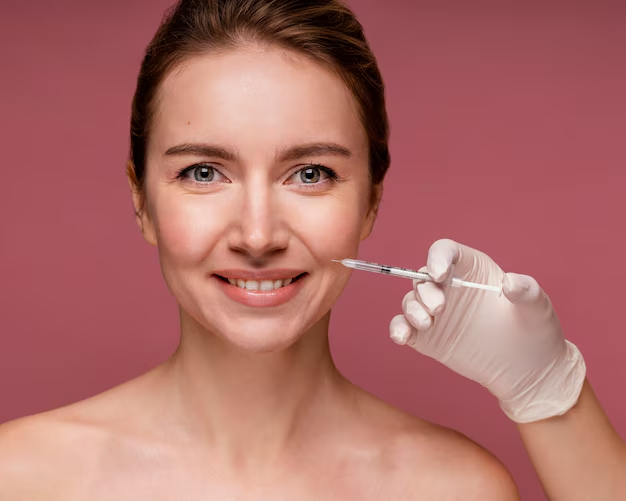
Understanding Botox Injections: Benefits, Procedure, and Considerations
Botox injections have become a staple in modern cosmetic dermatology, renowned for their effectiveness in reducing the appearance of wrinkles and fine lines. Derived from the bacterium Clostridium botulinum, Botox is a purified neurotoxin that temporarily paralyzes muscles, providing a smoother, more youthful appearance. This article explores the science behind Botox, its applications, benefits, and what to expect during and after the procedure.
What is Botox?
Botox, or botulinum toxin type A, is a protein used in small, controlled doses to temporarily paralyze muscle activity. When injected into specific facial muscles, it inhibits nerve signals that cause these muscles to contract. This relaxation of the muscles results in a reduction of dynamic wrinkles, which are wrinkles formed by repetitive facial expressions such as frowning, smiling, or squinting.
The Botox Procedure
The Botox injection process is relatively straightforward and minimally invasive. During the initial consultation, a qualified healthcare provider evaluates the patient’s facial structure and discusses aesthetic goals. The procedure itself begins with the application of a topical anesthetic to minimize discomfort. Fine needles are then used to inject Botox into targeted muscles.
The injections usually take less than 15 minutes, making it a convenient option for those with busy schedules. After the procedure, patients can typically resume their daily activities immediately. Some might experience mild swelling or bruising at the injection sites, but these effects are generally short-lived.
Applications of Botox
- Cosmetic Uses: Botox is most commonly associated with cosmetic treatments aimed at reducing the appearance of wrinkles. Common areas treated include:
- Forehead Lines: Smooths out horizontal lines on the forehead.
- Frown Lines: Reduces the vertical lines between the eyebrows, also known as glabellar lines.
- Crow’s Feet: Minimizes the lines around the outer corners of the eyes.
- Medical Uses: Beyond cosmetic applications, Botox has several therapeutic uses:
- Chronic Migraine: Botox injections can help prevent chronic migraines by blocking the release of pain-causing chemicals in the nervous system.
- Excessive Sweating (Hyperhidrosis): Botox can reduce sweating by blocking the nerve signals that activate sweat glands.
- Overactive Bladder: Helps alleviate symptoms by relaxing the bladder muscles.
Benefits of Botox Injections
- Effective Wrinkle Reduction: Botox is highly effective at smoothing dynamic wrinkles, resulting in a more youthful appearance.
- Minimally Invasive: The procedure requires no downtime and involves minimal discomfort.
- Quick Results: Visible improvements typically appear within a few days, with optimal results evident in about two weeks.
- Customizable Treatment: Dosage and injection sites can be tailored to meet individual needs and aesthetic goals.
Considerations and Aftercare
While Botox is generally safe, it is essential to consider a few factors:
- Temporary Results: The effects of Botox are temporary, usually lasting between three to six months. Regular maintenance treatments are necessary to sustain results.
- Possible Side Effects: Some side effects include temporary bruising, swelling, or headache. Rarely, patients may experience drooping eyelids or asymmetry, which typically resolve on their own.
- Qualified Practitioner: It is crucial to receive Botox injections from a licensed and experienced provider to ensure safety and effectiveness.
After the procedure, patients should avoid rubbing the treated areas and strenuous exercise for 24 hours. It is also recommended to remain upright and avoid lying down for a few hours post-treatment.
Conclusion
Botox injections offer a powerful solution for those seeking to diminish the signs of aging or address various medical conditions. With its ability to effectively reduce wrinkles, treat chronic migraines, and manage excessive sweating, Botox remains a popular choice in both cosmetic and therapeutic applications. As with any medical treatment, a consultation with a qualified professional is essential to ensure that Botox is the right option for achieving desired outcomes safely and effectively.





Leave Your Comment